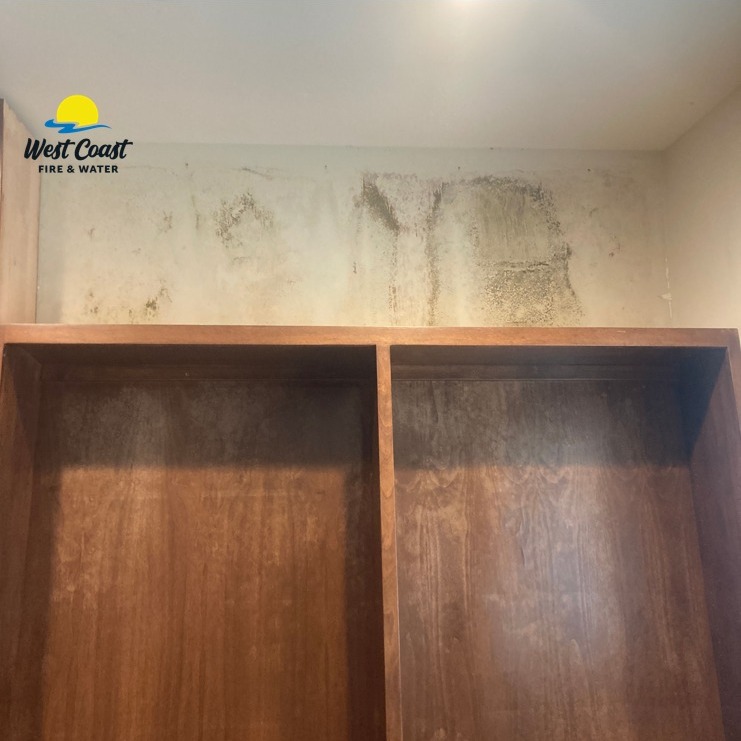
How to Get Rid of Mold from Every Home Surface
Mold in the home is a huge problem. Whether or not you are allergic to mold, mold exposure can cause health problems. Mold can appear as discolored or slimy patches that can affect your home’s appearance. If mold spores spread to different areas in your house, mold may start growing on the items in them, affecting their structural integrity, appearance, and functionality.
Some warning signs of mold in the home include strange musty odors, dark stains on walls and ceilings, and peeling wallpaper. Perform visual inspections periodically to identify mold problems. Water damage can lead to mold growth. Have a plumber inspect your plumbing periodically for leaks. After a house fire or storm, have a professional carry out an inspection. A comprehensive inspection can help identify structural issues and find hidden mold.
If you are trying to deal with a mold problem, consult a mold remediation expert. Mold remediation experts do not simply remove mold, but also address the root cause of mold growth. Professional mold remediation near me in Ukiah addresses current mold problems and prevents mold from coming back to prevent future issues.
How to Remove Mold From Surfaces?
To prevent a mold infestation, remove mold growing on your items or surfaces as soon as possible. To effectively get rid of mold from surfaces, it’s important to use the right techniques and solutions tailored to the material in question. Here are general guidelines for removing mold from different items and surfaces:
Hard Surfaces Such as Tile, Glass, and Metal
Mix bleach and water to create a cleaning solution. Fill a sprayer with the solution and apply it to the affected area. Let the solution sit for an hour, then scrub with a stiff brush and rinse. Alternatively, pour 3% hydrogen peroxide into a spray bottle and spray the solution directly on to the affected surfaces. Let the cleaning solution sit for a few minutes, before scrubbing and rinsing.
Porous Surfaces Including Wooden Surfaces and Drywall
Because bleach can damage wood and drywall, it’s better to use vinegar diluted with water to remove mold from these surfaces. Fill a sprayer with the solution and apply it to wooden surfaces and drywall. When cleaning a surface, scrub gently to avoid damaging it and allow the surface to air dry. If you do not want to use bleach, mix baking soda with water. Apply the paste to the affected surfaces. Rinse after a few minutes.
Fabric Including Curtains and Upholstery
If possible, take the affected item outside and brush off any dry mold to keep the spores from spreading throughout your home. Wash the fabric with hot water and disinfectant. When cleaning curtains, upholstery and garments, follow manufacturer’s instructions. Before cleaning moldy clothing, consider soaking it in a vinegar and water solution. For mildew stains, use oxygen-based bleach.
Leather Items
If mold is growing on your leather items such as shoes, purse or clothing, take them outside and brush away mold with a soft-bristled brush. Soak a cloth in distilled white vinegar or rubbing alcohol and wring it until it is no longer dripping. Wipe down the affected leather items inside out.
Once you have cleaned an item, rinse the cloth in warm water and dampen it again with vinegar or alcohol before cleaning another item or any surviving mold spores may attach to it. After you remove mold from your leather items, dip a clean soft cloth in a mixture of leather soap and warm water and wipe down your items. Place these items in an area that is away from heat sources and allow them to air-dry.
Household Appliances
Follow these instructions to remove mold from different home appliances.
➢ Washing machine: Empty your washing machines and pour two cups of chlorine bleach or hydrogen peroxide into the washer drum. Run a hot water cycle. Dip a cloth in a bleach solution or hydrogen peroxide and clean door seals and gaskets with it. Leave the washer door open, allowing the interior to air-dry
➢ Refrigerator: Soak a cloth in undiluted distilled white vinegar. Remove all items from your fridge and wipe it down with the cloth. Remember to rinse it often as you work
➢ Coffee maker: Fill the water tank with distilled white vinegar and run a brewing cycle. Get rid of the vinegar and run final two cycles with clean water to rinse the interior
Carpet
Sprinkle baking soda over the affected area, then spray distilled white vinegar on it. Let the vinegar sit for a few hours, then vacuum the carpet. If mold has become embedded in carpet pores, consider professional carpet cleaning or replacing your carpet.
Interior Walls
Mix dishwashing liquid, bleach, and water to create a cleaning solution. The mixing ratio should be 1:10:20. Use a sponge to apply the solution to your wall. Be careful to avoid oversaturating the surfaces. Allow them to air-dry, but do not rinse.
Did you know mold can grow behind walls hidden from view? If you notice strong musty smells, but can’t find mold, it may be growing behind your walls. An expert specializing in mold remediation near me in Ukiah can carry out a thorough inspection to find hidden mold.
Concrete, Brick, and Stone
Add one cup of chlorine bleach to a gallon of water. Fill a garden sprayer or power washer with the cleaning solution. Spray water on the affected surfaces, then apply the cleaning solution. Allow the cleaning solution to sit for around 15 minutes, before scrubbing to remove mold. Once you have got rid of old, rinse the surfaces.
Whether mold has just started growing in your home or taken over it, West Coast Fire & Water has got you covered. Our mold remediation experts have years of experience of performing mold remediation near me in Ukiah. To consult one of them, call 707-462-5326.

